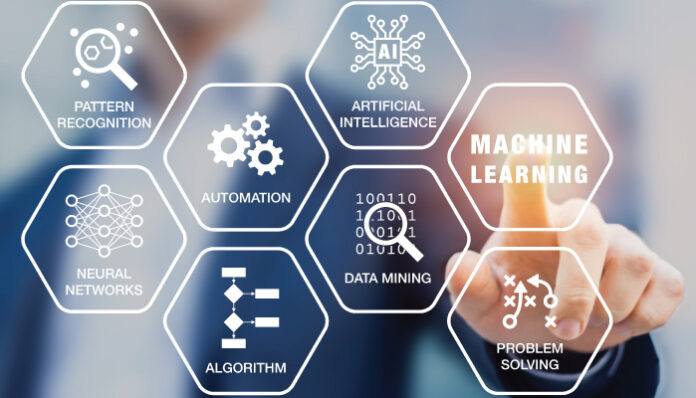The growing concerns of customers over data security, adds another level of complexity for businesses trying to establish credibility in the digital age.
Consumers have more power than ever in today’s fiercely competitive digital market. They are free to select the businesses they work with, and they have a wide range of options if they decide to change their minds. A simple button click can cause a customer to switch from one brand to another if a sign-up or onboarding error degrades their experience.
Meanwhile, a startling rise in fraud has been brought on by consumers’ rapid adoption of digital technology. Businesses must foster consumer confidence and help them feel that their data is secure, but they also need to provide a quick, seamless onboarding process that effectively guards against fraud on the back end. Customers’ growing concern over data security adds another level of complexity for businesses trying to establish credibility in the digital age.
In light of its potential to automate the identity verification process, Artificial Intelligence (AI) has recently been heralded as the panacea for preventing fraud.
There are still many misconceptions about Artificial Intelligence (AI), despite all the talk about its use in digital identity verification.
Also Read: Three Crucial Elements to Ensure Cloud Data Security
Machine learning as a silver bullet
True AI, where a machine can successfully verify identities without interacting with a human, doesn’t exist in the world as it is right now. When businesses discuss using Machine Learning (ML), an application of AI, they are really talking about leveraging AI for identity verification. When it comes to ML, the system is trained by being fed a lot of data and being given time to adjust and advance, or “learn.”
Building trust, reducing friction, and combating fraud can all be achieved when applying ML to the identity verification process. With its aid, businesses can make efficiencies, analyze vast amounts of digital transaction data, and spot trends that can enhance decision-making.
But getting caught up in the hype without truly understanding machine learning and how to apply it can reduce its value and, frequently, result in serious issues. Businesses should take the following factors into account when using machine learning ML for identity verification.
The potential for bias in machine learning
Machine learning models that are biased can result in discrimination, exclusion, and ultimately a bad customer experience. An important risk is that when an ML system is trained using historical data, the biases in the data will be reflected in the models. Decisions may be based on biased assumptions if the training data is biased or subject to unintentional bias by those who are developing the ML systems.
When an ML algorithm makes false assumptions, it can start a chain reaction where the system keeps picking up the incorrect information. Without oversight to identify and correct the bias as well as human expertise from both fraud and data scientists, the problem will keep happening, aggravating the problem.
Novel forms of fraud
Machines are excellent at spotting trends that have already been flagged as suspicious, but novelty is one area where they fall short. Since ML models make use of data patterns, they assume that future activity will also follow those patterns or at the very least change at a consistent rate in the future. Because the system has not yet detected them during training, this leaves the door open for attacks to succeed.
By adding a fraud review team on top of machine learning, it is ensured that new fraud is detected, flagged, and the system is updated with the most recent information. Transactions that may have initially passed identity verification controls but are suspected of fraud can be flagged by human fraud experts, and the business can then review the data. The ML system in this instance encodes that knowledge and modifies its algorithms as necessary.
Also Read: Ways AI Is Detecting and Preventing Identity Fraud
Understanding and explaining decisioning
Machine learning has been heavily criticized for lacking transparency, which is a key component of identity verification. One needs to be able to communicate with regulators information on each step of the process and the customer journey, as well as how and why particular decisions are made. Additionally, a lack of transparency can increase user mistrust.
Most ML systems only offer a straightforward pass/fail result. It can be challenging to defend decisions in front of regulators if the decision-making process is opaque. Businesses can understand decisions made, explain them, and make educated decisions and adjustments to identity verification procedures with the help of continuous data feedback from ML systems.
There is no question that ML currently and in the future will play a significant role in identity verification. The inability of machines to verify identities at scale without increasing risk is evident, though.
In order to make decisions that support businesses in growing and attracting new customers, machine learning is most effective when used in conjunction with human expertise and data transparency.
For more such updates follow us on Google News ITsecuritywire News









